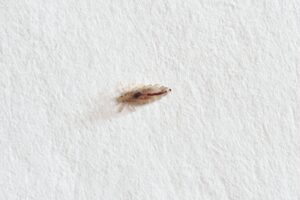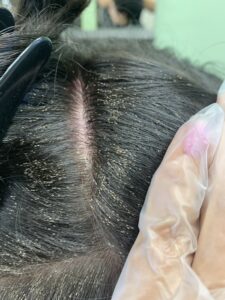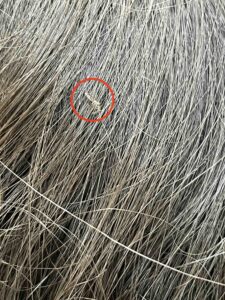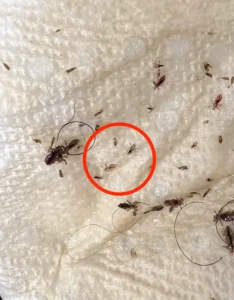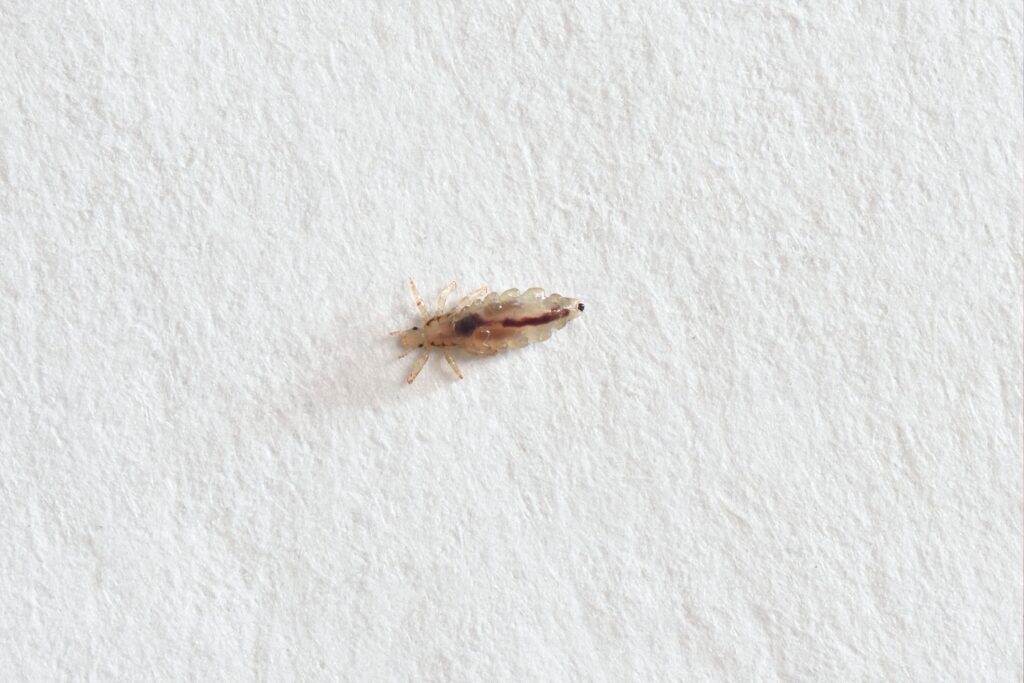
When you hear the words “head lice”, the initial reaction is often a mix of panic, discomfort, and curiosity. While these tiny insects are a common annoyance, especially among school-age children, not everyone knows what they actually look like. Understanding their appearance can help in early detection and effective treatment. Let’s take a closer look at these critters.
1. What are head lice?
Head lice, scientifically known as Pediculus humanus capitis, are tiny, wingless insects that live on the human scalp, feeding on our blood. They’ve been around for thousands of years and, unfortunately, are excellent at making a comfortable home in our hair.
2. The Life Cycle: Three stages of head lice
Head lice go through three primary stages in their life cycle:
Nits
These are lice eggs. They’re very tiny, oval-shaped, and often mistaken for dandruff. However, unlike dandruff, they’re firmly attached to the hair shaft, close to the scalp. Nits can be yellowish or white and become more noticeable as they mature.
Nymphs
Once the nits hatch, they release nymphs, which are essentially baby lice. They look like adult lice but are smaller. Over a period of about 10 days, they mature into adults, feeding on blood to sustain themselves.
Adults
Adult lice are about the size of a sesame seed, ranging from 2-3 mm in length. They’re tan to grayish-white in color. Female lice, which are usually larger than males, can lay up to six eggs a day. Adult lice can live up to 30 days on a person’s head.
3. How to spot head lice
Considering their size and the fact that they can move quickly across the scalp, head lice can sometimes be difficult to spot. Here are some clues:
- Movement: While they’re tiny, you can see them moving. Unlike dandruff or hair products, they don’t flake off or dissolve.
- Itchy scalp: This is one of the most common symptoms of a lice infestation. The itching is caused by an allergic reaction to louse bites. However, it may take weeks for itching to start or it may not occur at all.
- Red bumps or sores: These can develop from scratching the itchy areas. They can sometimes get infected with bacteria present on the person’s skin.
4. Where to look for lice
Lice prefer warmer spots on the scalp, such as behind the ears, near the neckline, or the crown of the head. If you suspect an infestation, these are the primary spots to check. Using a fine-toothed comb and good lighting will increase your chances of spotting them.
5. Head lice vs. other critters
It’s important not to confuse head lice with other insects or conditions:
- Dandruff: These are flakes of scalp skin that can be easily brushed off. They are not firmly attached to the hair like nits.
- Hair casts: These are tiny, cylindrical segments of dead skin that encircle the hair shaft. Unlike nits, they’re easily moved up and down the hair.
- Other lice: Such as body lice or pubic lice. These are different species and have different habitats and characteristics.
Spot Lice without a Sweat!
While the idea of head lice can be unsettling, understanding what they look like is the first step in addressing the issue. Early detection can make treatment easier and reduce the chances of spreading them to others. If you or someone you know suspects a lice infestation, it’s essential to act quickly, consult one of our head lice removal professionals, and follow recommended treatments and preventive measures.

